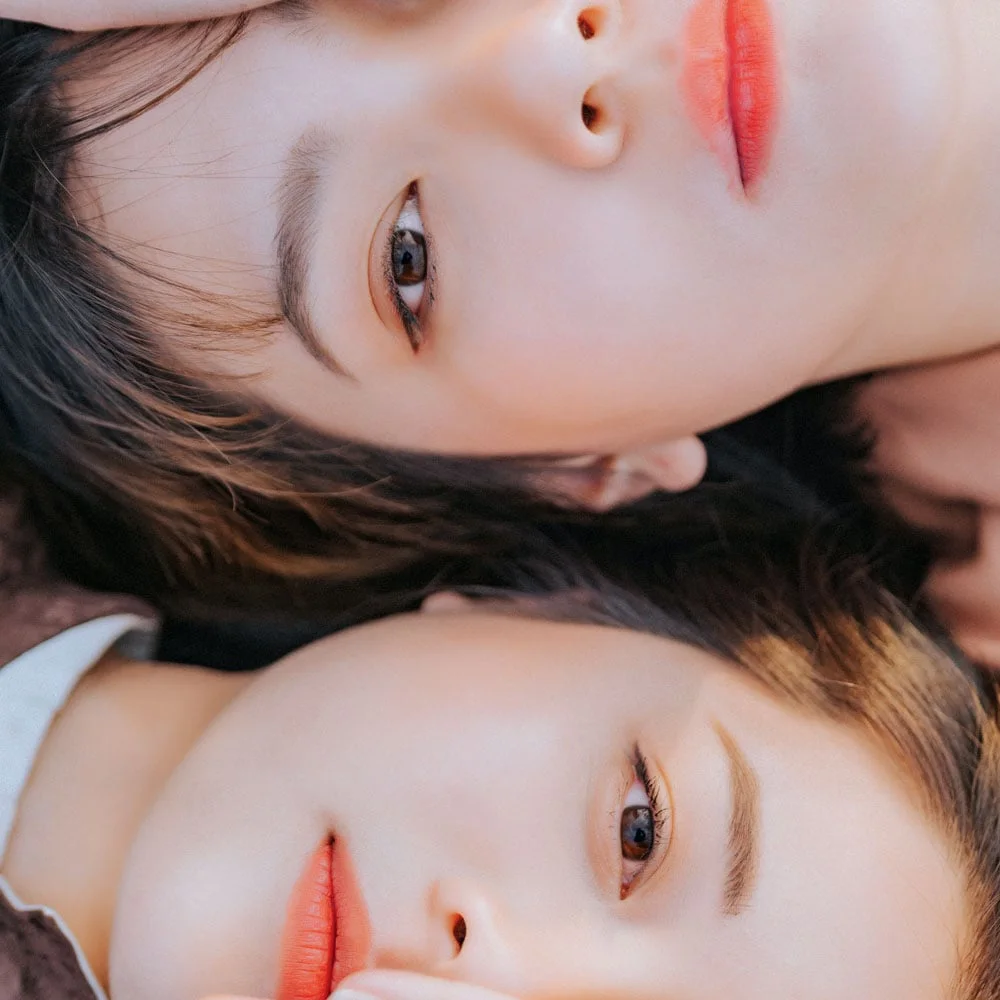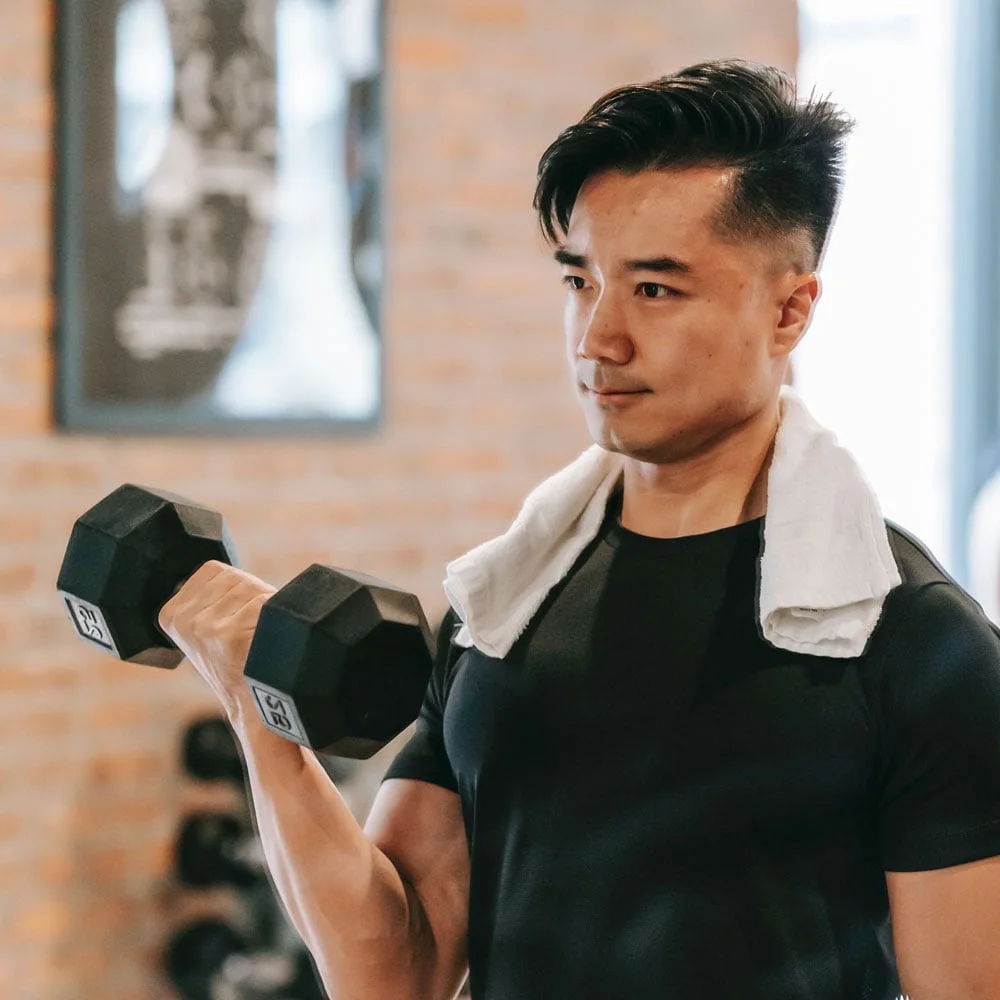Here's what we'll cover
Here's what we'll cover
Pain, soreness, and discomfort are some of the most common symptoms of pimples. But why? Why do pimples hurt? And is there anything you can do to lessen the pain?
Here’s a detailed explanation of why pimples hurt, along with tips to help you escape the ache.
What exactly are pimples?
Pimples are an extremely common skin condition, and they’re a symptom of acne. Experts use the term “acne” when your follicles become plugged with oil and dead skin cells. Even if you have an occasional zit—never full-blown breakouts—a dermatologist would call it an “acne lesion.”
Acne lesions develop when the pores in your skin become clogged or blocked with sebum (an oily substance that glands in your skin produce), excess dead skin cells that build up on your face, or bacteria called Cutibacterium acnes (C. acnes) (Li, 2017; Zaenglein, 2018).
All of these pore-blocking skin problems can happen at the same time, and all of them are interrelated. For example, sebum can interfere with dead skin cell shedding or feed C. acnes bacteria (Zaenglein, 2018).
Sometimes, these clogged pores produce pimples that aren’t really that painful, like whiteheads or blackheads. But other times, these blocked pores lead to more painful acne lesions like cysts, papules, nodules, or pustules.
Why do some pimples hurt?
If you have a painful pimple, you have inflammation to blame. Whether they’re on your face, back, ears, or some other part of your body, inflammation causes pain and tenderness because nerve endings near the inflamed skin notice that something isn’t right (Tan, 2018).
When one of your pores is blocked with bacteria or excess oil, your immune system usually responds to that problem with inflammation in order to wipe out the problem.
Wherever inflammation shows up, it tends to have five core features. These are (Ji, 2017):
Redness
Heat
Swelling
Pain or tenderness
Loss of functioning
Any pain, swelling, redness, and heat that you feel on or around a pimple are all caused by inflammation. The larger the pimple, the more inflammation there tends to be, which results in more pain. So, for example, if you’re wondering why back pimples hurt so much, it may be because these pimples are often larger.
That said, even the smallest pimples can feature some inflammation, so they may be slightly tender to the touch (Tan, 2018).
Tips for treating painful pimples
Since inflammation is a central feature of all pimples, anything you can do to relieve or prevent inflammation can help knock down your pain. These remedies can also combat the other symptoms of your acne, including redness and swelling (Zaenglein, 2018).
Don’t pick at the blemish
Even though it might be tempting, it’s better not to try to pop or squeeze the blemish. This can cause even more inflammation and pain, and it also increases your risk of a skin infection and scarring.
Practice proper skincare
Many people with acne make the mistake of over-cleansing their skin or using irritating scrubs or exfoliators. This can aggravate inflammation, which can make pimple pain and other symptoms worse. In general, you’ll want to wash your skin no more than twice per day. Also, use a sensitive skin cleanser and avoid exfoliation or other harsh skin treatments (Zaenglein, 2018).
Moisturize your skin
Using a fragrance-free, non-comedogenic moisturizer after you wash your skin can help relieve irritation and inflammation, which can reduce pimple pain. In general, you’ll want to use this lotion after applying any topical skin treatments (such as acne spot treatments) (Zaenglein, 2018).
Consider a topical retinoid
Topical retinoids like tretinoin are skin creams or gels that work, in part, by reducing inflammation. They can lessen the stickiness of dead skin cells that can clog pores. They also help the skin shed dead cells more effectively (Leyden, 2017; Zaenglein, 2018). Tretinoin is only available by prescription.
Try benzoyl peroxide
Benzoyl peroxide is a common over-the-counter (OTC) acne treatment that may help relieve pain and other symptoms when applied to the affected area of the skin (Zaenglein, 2018). It can help the skin shed old, dead cells and may help fight C. acnes bacteria. Both of these benefits may help reduce pimple inflammation and pain (Kawashima, 2017).
While salicylic acid is also a common OTC acne treatment, it can cause irritation, so it isn’t the best remedy for pain (Arif, 2015).
Aside from the tips above, other treatments may help relieve your pimple pain, including prescription drugs like isotretinoin for more severe forms of acne. To find the best treatment options for your skin, consider visiting a dermatology clinic or specialist.
The bottom line is that painful pimples can be brutal. But with proper care, you can relieve your pain and other acne symptoms.
DISCLAIMER
If you have any medical questions or concerns, please talk to your healthcare provider. The articles on Health Guide are underpinned by peer-reviewed research and information drawn from medical societies and governmental agencies. However, they are not a substitute for professional medical advice, diagnosis, or treatment.
Arif, T. (2015). Salicylic acid as a peeling agent: a comprehensive review. Clinical, Cosmetic and Investigational Dermatology , 8 , 455–461. doi:10.2147/CCID.S84765. Retrieved from https://www.ncbi.nlm.nih.gov/pmc/articles/PMC4554394/
Ji, R. R., Chamessian, A., & Zhang, Y. Q. (2017). Pain regulation by non-neuronal cells and inflammation. Science, 354 (6312), 572–577. doi:10.1126/science.aaf8924. Retrieved from https://www.ncbi.nlm.nih.gov/pmc/articles/PMC5488328/
Kawashima, M., Nagare, T., & Doi, M. (2017). Clinical efficacy and safety of benzoyl peroxide for acne vulgaris: Comparison between Japanese and Western patients. The Journal of Dermatology , 44 (11), 1212–1218. doi:10.1111/1346-8138.13996. Retrieved from https://onlinelibrary.wiley.com/doi/full/10.1111/1346-8138.13996
Li, X., He, C., Chen, Z., et al. (2017). A review of the role of sebum in the mechanism of acne pathogenesis. Journal of Cosmetic Dermatology , 16 (2), 168–173. doi:10.1111/jocd.12345. Retrieved from https://pubmed.ncbi.nlm.nih.gov/28556292/
Leyden, J., Stein-Gold, L., & Weiss, J. (2017). Why topical retinoids are mainstay of therapy for acne. Dermatology and Therapy, 7 (3), 293–304. doi:10.1007/s13555-017-0185-2. Retrieved from https://pubmed.ncbi.nlm.nih.gov/28585191/
Tan, J., Stein Gold, L. F., Alexis, A. F., et al. (2018). Current Concepts in Acne Pathogenesis: Pathways to Inflammation. Seminars in Cutaneous Medicine and Surgery , 37 (3), 60–62. doi:10.12788/j.sder.2018.024. Retrieved from https://scmsjournal.com/wp-content/uploads/2018/07/2-Tan.pdf
Zaenglein, A. L. (2018). Acne Vulgaris. The New England Journal of Medicine , 379 (14), 1343–1352. doi:10.1056/NEJMcp1702493. Retrieved from http://www.luigigreco.info/public/60/acne.pdf










